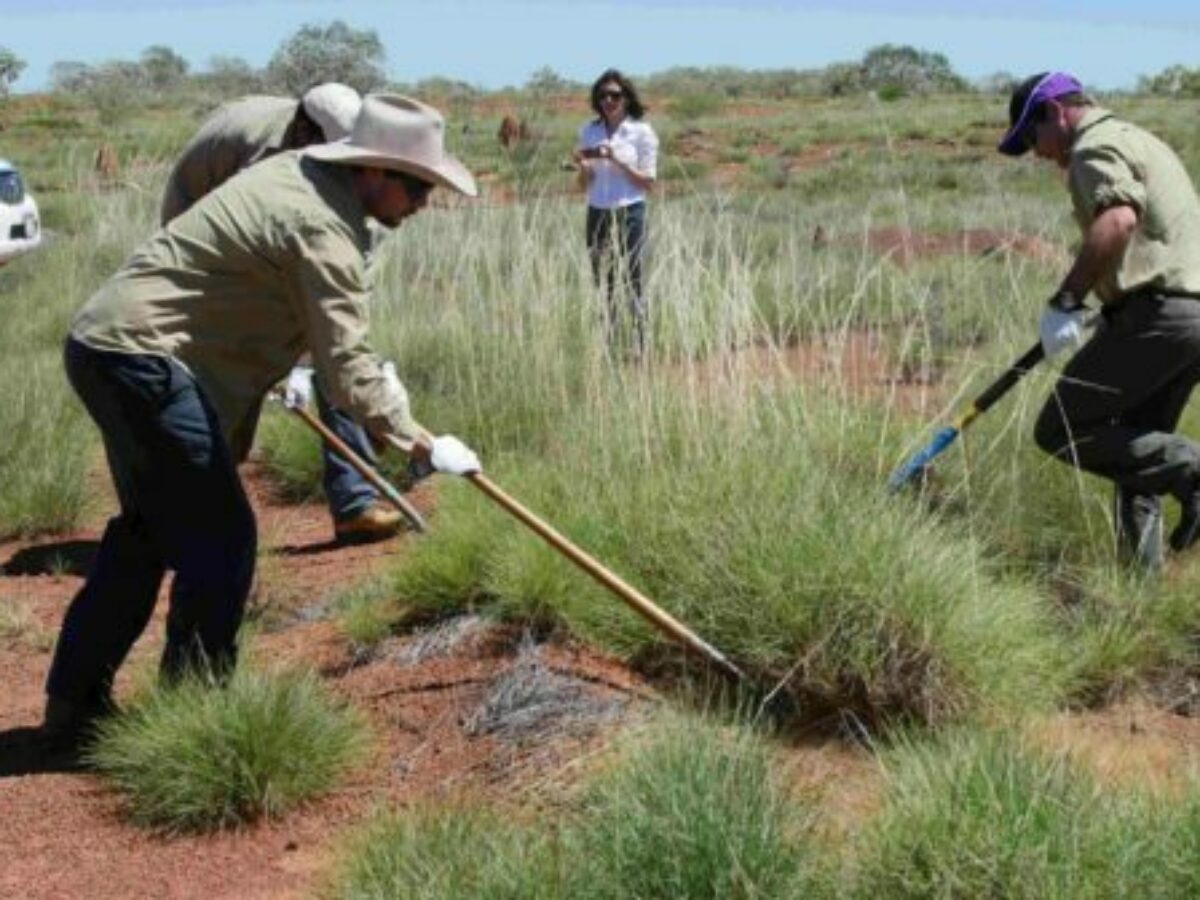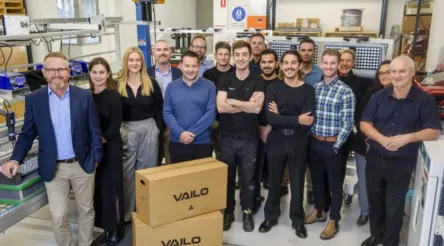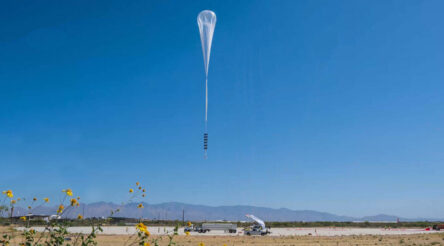Trioda Wilingi gets $2.6 million investment to develop medical gels from native grasses

University of Queensland/Uniquest spinout company Trioda Wilingi will receive a $2.6 million investment from Uniseed and Bulugudu to create injectable medical gels from an Australian spinifex grass.
Trioda Wilingi has exclusive rights to develop medical gels from spinifex, with potential use “including osteoarthritis, drug delivery and cosmetic treatments” and using a process developed with the Australian National Fabrication Facility (ANFF).
In 2008, Dugalunji Aboriginal Corporation and UQ were awarded an Australian Research Council Discovery Grant exploring spinifex grasses and heir properties, including investigation into spinifex nanofibres for cellulosic reinforcing agents.
The knowledge and research generated relied on the Traditional Indigenous Knowledge shared by the Indjalandji-Dhidhanu People through Bulugudu. Bulugudu is part of Myuma Group, a collective of companies owned by the Indjalandji-Dhidhanu people.
The investment was exciting news, supported by years of research and $10 million in research, development, and negotiation, supported by the state and federal governments, said Colin Saltmere, Director of Bulugudu.
“Indjalandji-Dhidhanu people have long known of the uses and the strength of spinifex grass,” he said.
“Our traditional uses include building shelters and using resin from the grass as an adhesive to attach spearheads, and seal water vessels.”
The statement explains that medical gels usually need a high water content, and spinifex fibres help retain water “by forming a three-dimensional network within the volume of water” and helping hold the gel together yet allowing it to flow through a needle and then re-form.
ANFF is credited as a partner in inventing environmentally-friendly ways to extract the fibres, which are superior in length and strength to other varieties of fibre in use.
The late Dr Ian Griffiths, ANFF’s previous CEO, saw the potential of the fibres for medical gels and is credited with beginning commercialisation negotiations leading to the establishment of Trioda Wilingi and the agreement, announced on Tuesday.
Spinifex fibres produced were typically around three to four nanometres thick, or roughly 20,000 times thinner than a human hair, and with an aspect ratio of about 500:1, said AIBN Director, Professor Alan Rowan.
Picture: aibn.uq.edu.a
Topics Manufacturing News
@aumanufacturing Sections
Analysis and Commentary Awards Defence Manufacturing News Podcast Technology Videos










